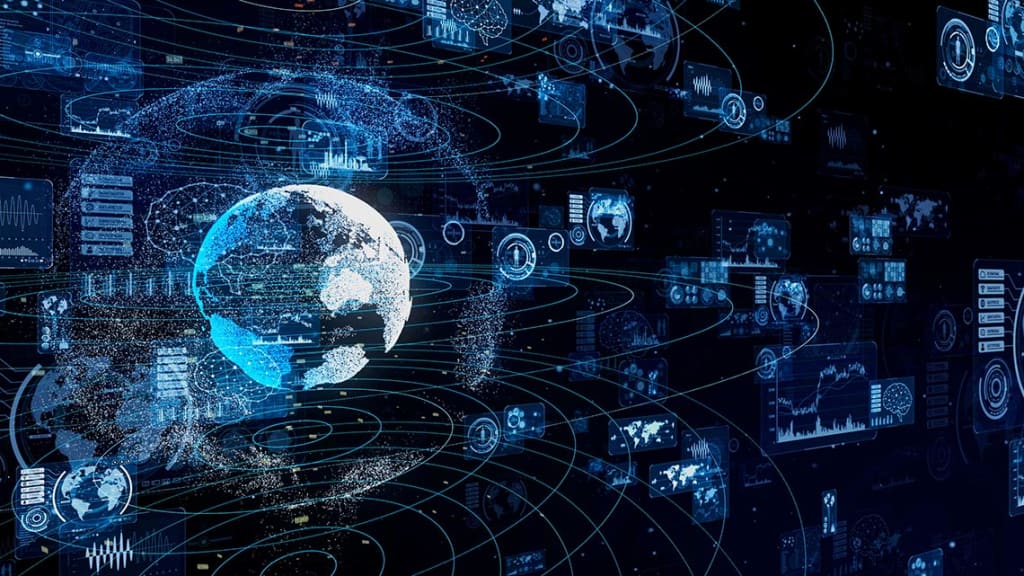
Zero Isaac, an innovative company based in Boston, has recently developed cutting-edge technology that has been turning heads in the scientific community. Their technology revolves around nanoelectronics and the application of integrated circuitry to create new forms of computation. In this article, we explore the science behind Zero Isaac’s technology and how it works.
Nanoelectronics is a branch of engineering that deals with the creation of electronic devices on a nanoscale level. This is achieved by manipulating atoms and molecules to create miniature electronic components such as transistors, diodes, and capacitors. Zero Isaac has utilized this technology to develop a unique type of integrated circuitry, which they refer to as the Zero Chip.
The Zero Chip is a tiny device that contains a network of nanoscale circuits that perform complex computations in parallel. The chip consists of multiple layers of nanoscale materials that interact with each other to create a functional circuit. The innovative design of the Zero Chip allows for it to be reconfigured and reprogrammed to perform various functions without needing to alter the physical structure of the device.
One of the most significant advantages of Zero Isaac’s technology is its scalability. Using the Zero Chip, Zero Isaac has created a platform that can be scaled to accommodate various computational requirements, making it highly adaptable to diverse applications. This scalability makes the technology useful for various industries such as healthcare, aerospace, and manufacturing, among others.
Another fascinating aspect of Zero Isaac’s technology is its potential to revolutionize the computing industry. The technology has the potential to overcome the limitations of traditional computing systems, which are mostly based on binary codes. By utilizing the parallel processing capability of the Zero Chip, Zero Isaac’s technology has the potential to speed up computations and reduce power consumption.
In conclusion, Zero Isaac’s cutting-edge technology is a significant milestone in the development of nanoelectronics. The creation of the Zero Chip represents a fundamental shift in the way we approach computation, and its potential to revolutionize the computing industry cannot be overstated. With the continued development of this technology, we can expect to see it being applied in numerous industries in the future.…






